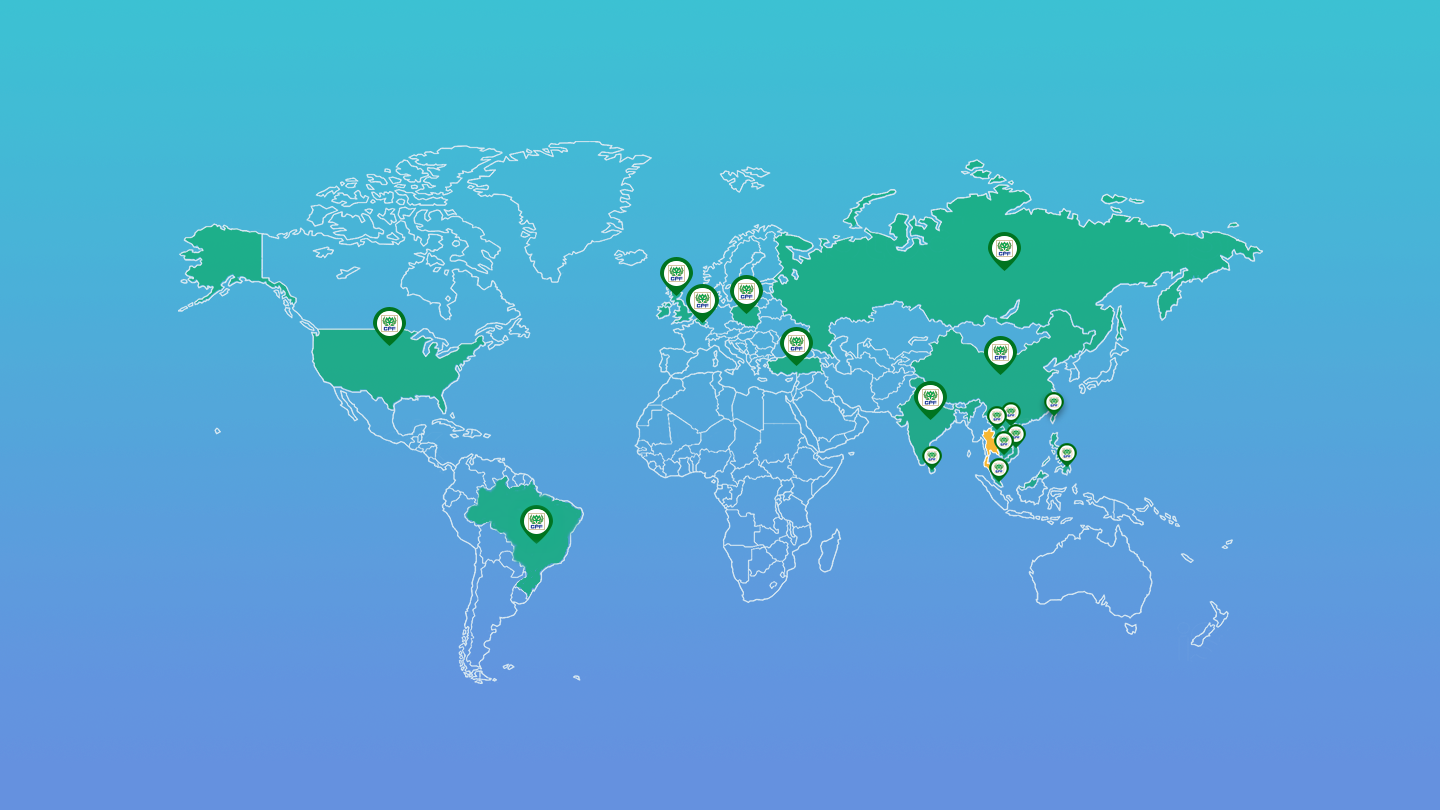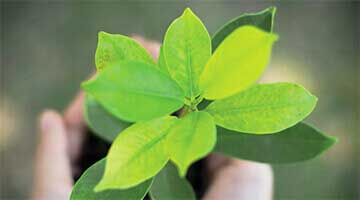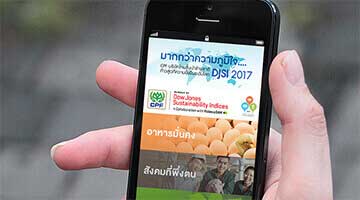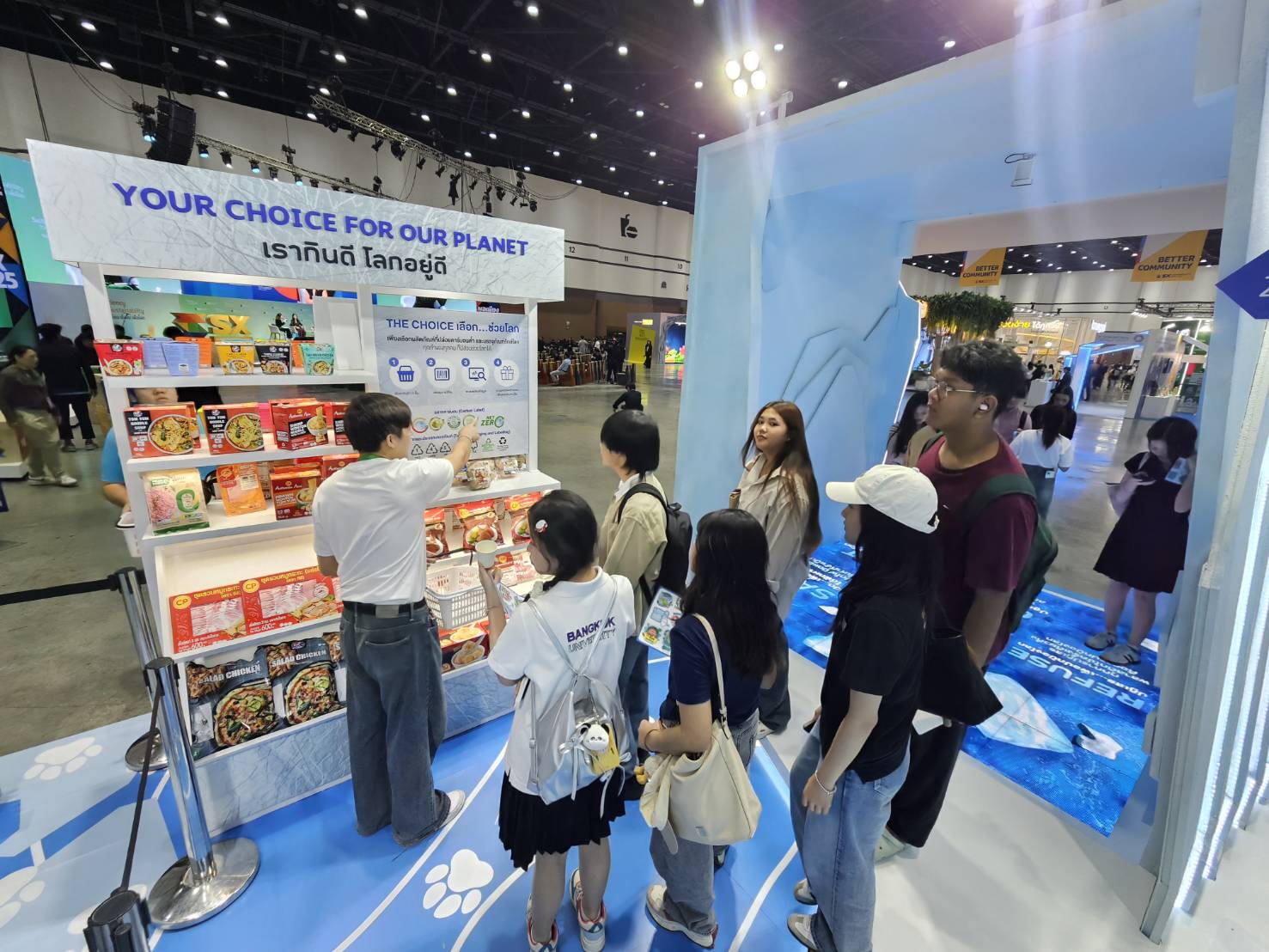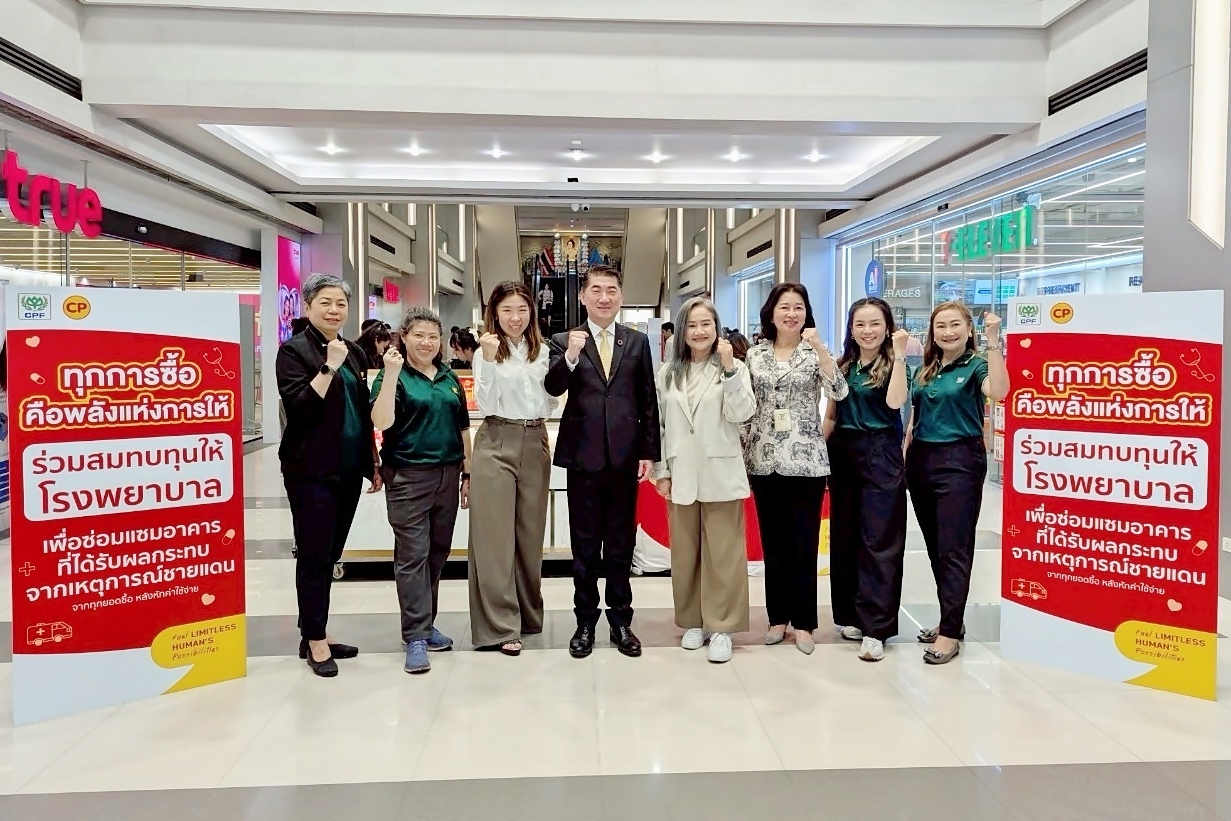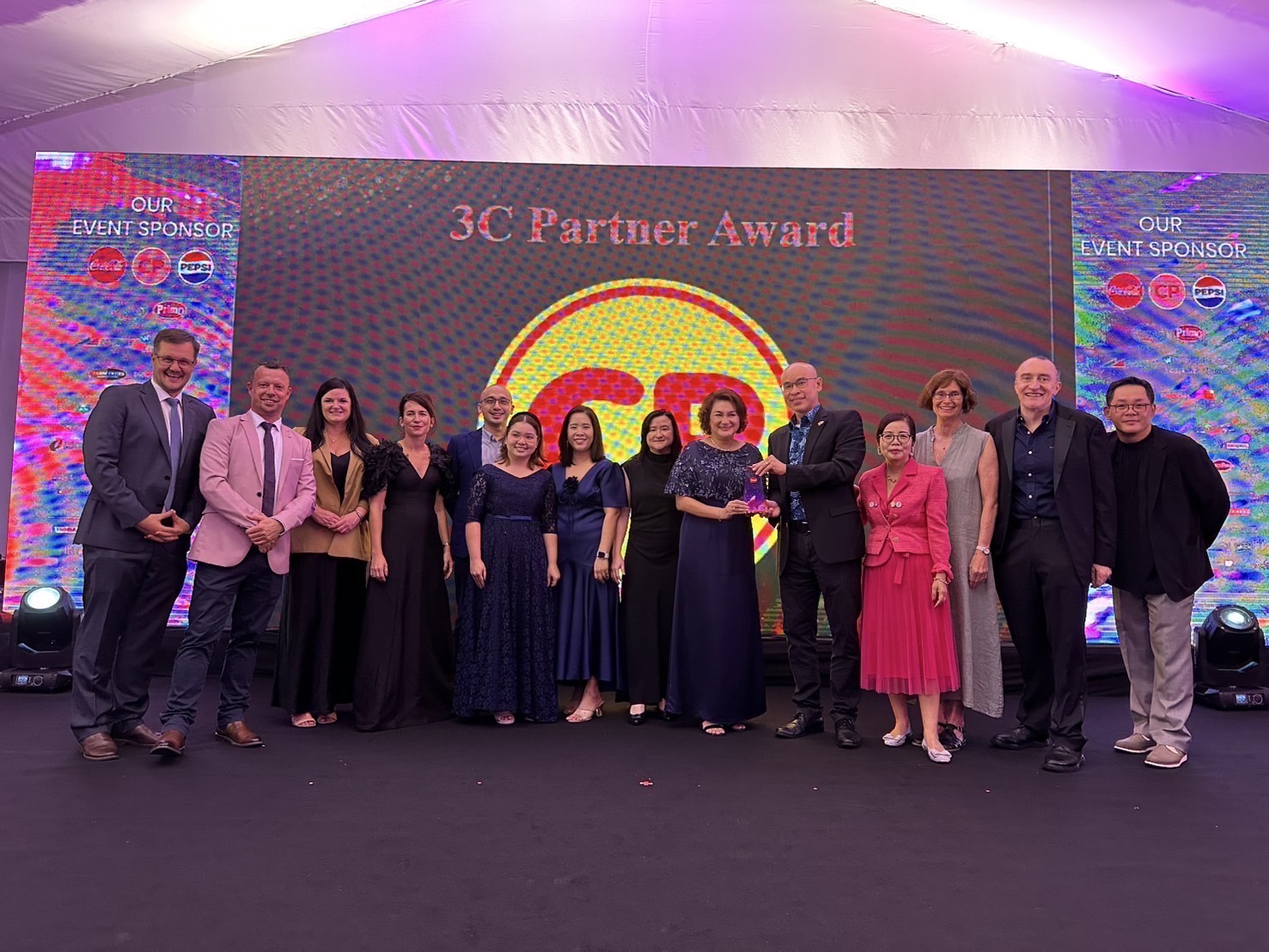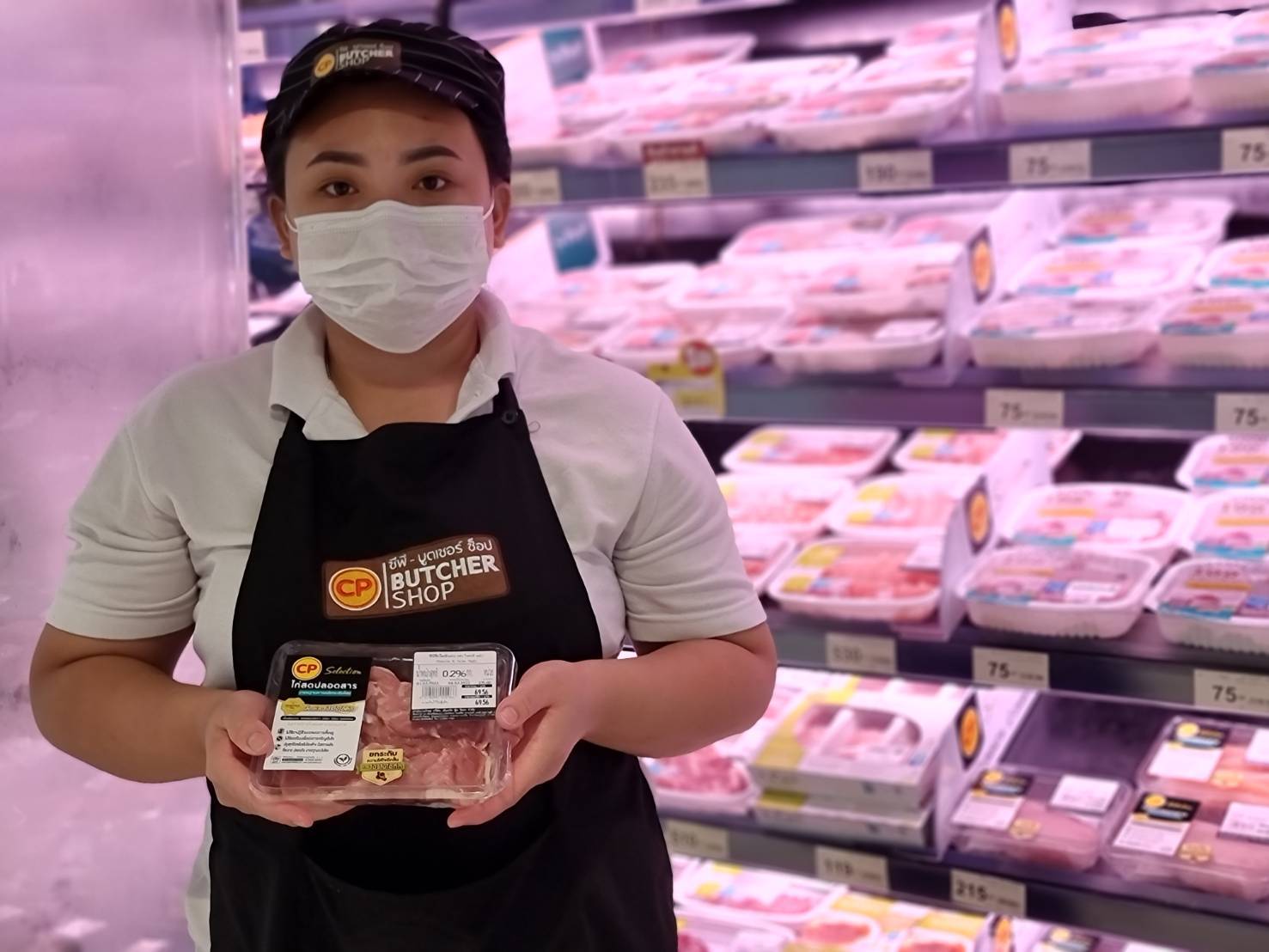

Charoen Pokphand Foods PLC (CP Foods) steps up its efforts to achieve sustainable food security via modern production technology and innovations, in support of the United Nations Sustainable Development Goals (SDGs) for sustainable production and consumption. The innovations and technology are aimed at enhancing production efficiency and hence reduce food loss and food waste in line with the circular economy concept.
Mr. Pairoj Apiruknusit, Executive vice president of CP Foods as chairman of the Food Loss Working Committee, said that out of the awareness in the importance of food security, CP Foods is striving to continually improve the production process throughout the value chain.
Under this endeavour, the Company has published the Food Loss & Food Waste Policy as part of the "CPF 2030 Sustainability in Action Strategy" , to achieve zero food loss and food waste within 2030. Actions under this policy, to be implemented first in Thailand, support SDG 12: Ensure sustainable consumption and production patterns (Target 12.3: Halve global per capita food waste).
“Food loss and food waste is an urgent issue as it creates impacts on the economy, society and the environment. Meanwhile, lower food loss can ease poverty and food shortages across the world and supports Goal 12 in terms of sustainable production and consumption,” Mr. Pairoj said.
Ms. Kularb Kimsri, Vice President of CP Foods Global Standard System Centre, added that various business units have launched food loss-reduction programmes, emphasizing innovations and technology. Among them is the automated egg conveyor system, which reduces loss during the shipment of eggs from farms to egg selection facilities and loss during the selection process. As guided by the circular economy concept, CP Foods has also reused food waste - like chicken offal, poultry feathers and damaged eggs, - in the animal feed production, which helps reduce food waste by 120,000 tons per annum. As the food waste no longer requires disposal, the practice annually reduces greenhouse gases by 300,000 tons of carbon dioxide equivalent.
CP Foods has invested in a closed wastewater treatment system for its chicken processing plants, farms and egg selection facilities. The system is the last gate to sort food waste like chicken blood, fat and damaged eggs. The wastewater containing these contaminants supports the production of bioenergy for production plants, which reduces greenhouse gases by another 14,000 tons of carbon dioxide equivalent per year, or equivalent to the plantation of 231,000 trees in 10 years. The system also saves time for waste disposal.
Ms. Kularb explained further that since 2020, CP Foods has collected the data on food loss, following the Food and Agriculture Organization's guidelines. The study was expected to shed light on the Company’s food loss and approaches to reduce the loss throughout the value chain. A pilot project was then launched at broiler chicken and layer farms and the data of food loss from each activity was continuously collected in 2021 to locate the critical points that needed corrective measures. Then, the programmes to prevent and reduce food loss were accordingly outlined.
“CP Foods has tracked and collected food loss data in the production process. The tracking system has covered broiler chicken farms, layer farms, chicken meat processing plants and egg-selecting and packing facilities. We have collected the comprehensive data, from the harvest to transportation, production and storage, in line with the FAO’s guidelines. The volume of our food loss and waste has shown a decrease (from 2017 to 2021) while more of the waste can be reused. This reflects an improvement in production efficiency, thanks to innovations and technology,” she said.
Aside from actions for the production process, CP Foods has been active in promoting knowledge on food waste management and packaging disposal, expecting behavioral changes among employees and consumers in general./

